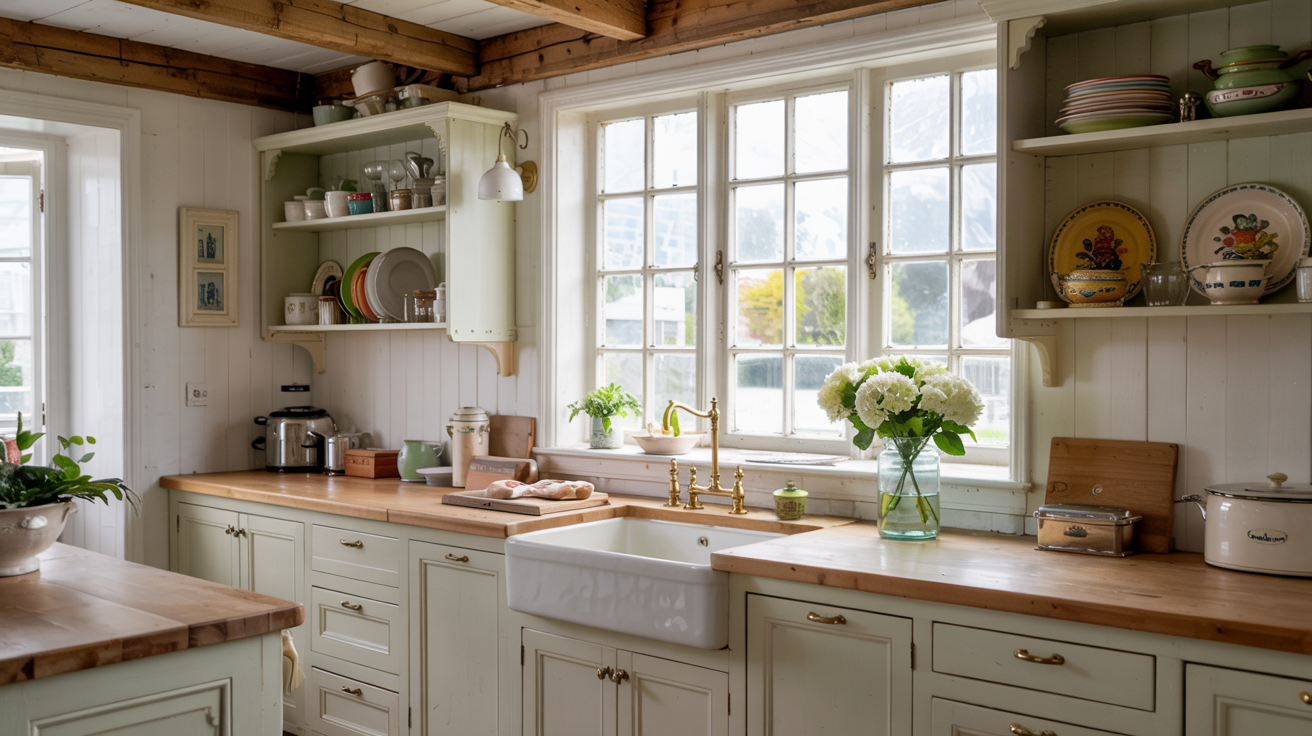Amateur Errors That Make Pro Decorators Cringe
This post may contain affiliate links. If you make a purchase through one of my links, I may receive a small commission at no cost to you.
Interior design is a craft that combines aesthetics, functionality, and personal style. While many of us aim to create spaces that feel beautiful and comfortable, it’s easy to fall into common traps that disrupt the flow and harmony of a room. Professional interior designers see these mistakes all too often, and correcting them can make a world of difference in how your home looks and feels.
If you want to elevate your space and avoid these pitfalls, here are seven interior design mistakes that pros are tired of seeing.
Ignoring Scale and Proportion
One of the biggest design mistakes is failing to consider the scale and proportion of furniture and décor in a room. A large sectional sofa crammed into a tiny living room can make the space feel cluttered and cramped, while small furniture in a vast room will look out of place and awkward. It’s essential to balance the size of your furniture with the dimensions of your room.
Tip: Measure your space carefully before purchasing furniture. Opt for pieces that leave ample room for movement and don’t overwhelm the space. Similarly, ensure your décor—whether it’s art, lighting, or rugs—is appropriately scaled to the room.
Overly Matching Everything
While a well-coordinated space is important, overly matching everything can make a room feel sterile and lacking in personality. Matching all your furniture sets or sticking to the exact same color for everything can make the space feel flat and uninspired.
Tip: Mix and match different textures, colors, and patterns for a more dynamic and visually interesting space. For instance, pairing a modern sofa with a vintage coffee table or mixing different textiles like velvet, linen, and leather can create depth and character in your design.
Poor Lighting Choices
Lighting is one of the most crucial elements in any room, but it’s often overlooked or mismanaged. Relying solely on overhead lighting can make a space feel harsh and one-dimensional, while using inadequate lighting can leave your room looking dim and uninviting.
Tip: Layer your lighting by incorporating a mix of ambient (overhead), task (reading lamps, kitchen counter lights), and accent lighting (wall sconces, table lamps) to create a warm, inviting atmosphere. Don’t forget to consider natural light sources and how they interact with your artificial lighting.
Pushing All Furniture Against the Walls
Many people assume that pushing furniture up against the walls makes a room feel larger, but in reality, this often creates an awkward, disconnected layout. When all your furniture is hugging the walls, the center of the room feels empty and the space lacks a focal point.
Tip: Instead of defaulting to placing furniture against walls, float pieces away from the walls to create more intimate, functional seating areas. This creates a better flow and makes the space feel more thoughtfully arranged.
Too Much Clutter
Clutter is a common problem that can instantly make even the most beautifully designed rooms feel chaotic and disorganized. Displaying too many knick-knacks, magazines, or decorative items can overwhelm a space and make it hard to relax.
Tip: Take a minimalist approach to accessories and décor. Be selective about what you display, choosing items that are meaningful or visually impactful. Use storage solutions like baskets, cabinets, and shelving to keep clutter out of sight and maintain a clean, serene atmosphere.
Neglecting Window Treatments
Bare windows are a common mistake that can make a room feel unfinished and stark. Without window treatments, your space lacks warmth, privacy, and that extra layer of design polish that curtains or blinds can provide.
Tip: Choose window treatments that complement your room’s style while providing functionality. Floor-length curtains can add elegance and height to a room, while Roman shades or wooden blinds can provide a tailored, minimalist look. Be mindful of how much natural light you want to let in, and select treatments that allow you to control that effectively.
Forgetting Functionality
A room that looks great but doesn’t function well isn’t a successful design. Too often, people focus on aesthetics without considering how they’ll actually use the space. This can lead to rooms that look pretty in pictures but don’t serve practical needs.
Tip: Always design with functionality in mind. Think about how you’ll live in the space, what activities will take place there, and what kind of storage, seating, or layout is needed to support that. A beautiful room should also be comfortable, practical, and suited to your lifestyle.
Interior design is about creating spaces that feel both stylish and livable, but these common mistakes can easily disrupt that balance. By being mindful of scale, lighting, furniture arrangement, and the practical needs of your space, you can avoid these design faux pas and create a home that’s not only beautiful but also functional.
Taking the time to get it right will ensure your home feels comfortable, personal, and well-designed for years to come.
















